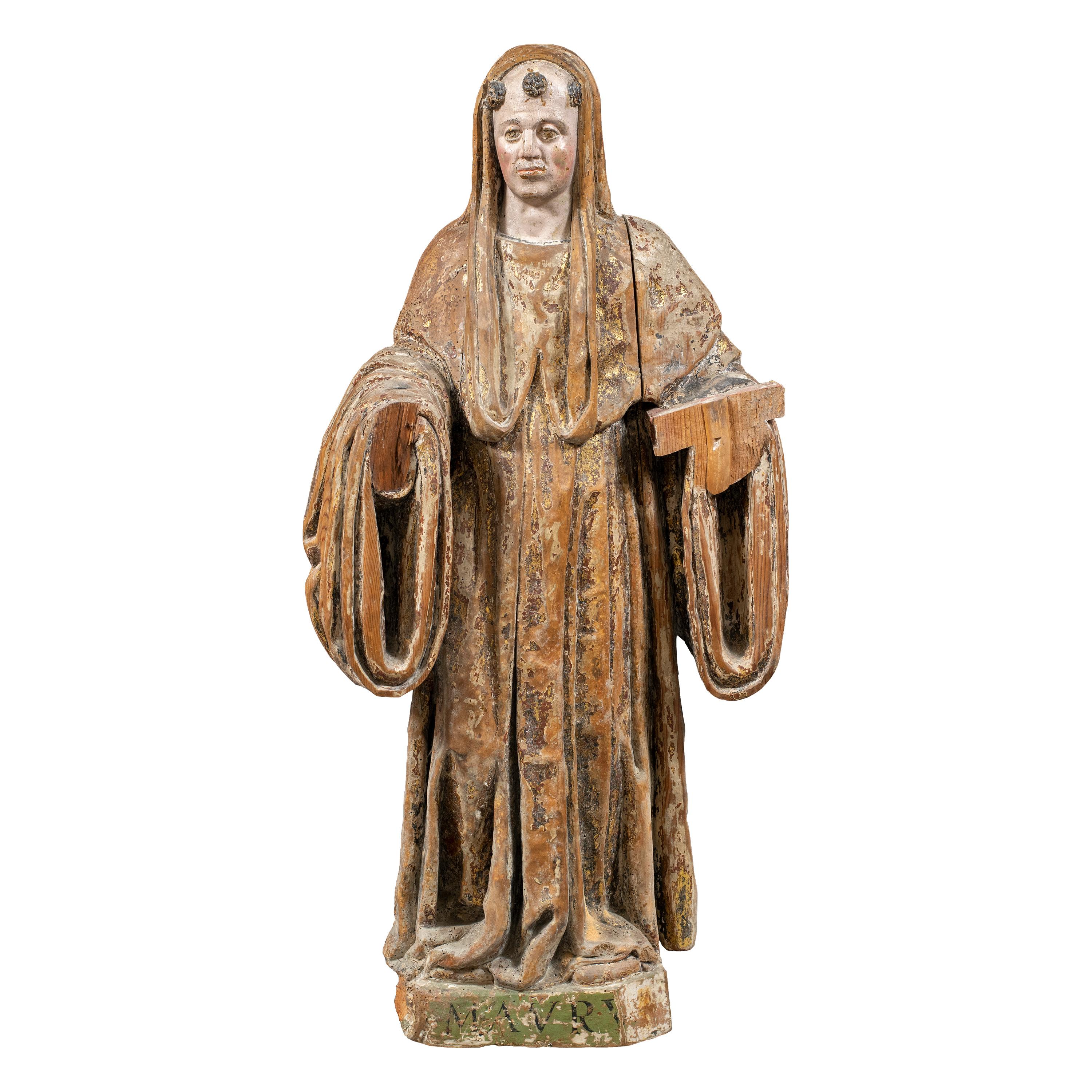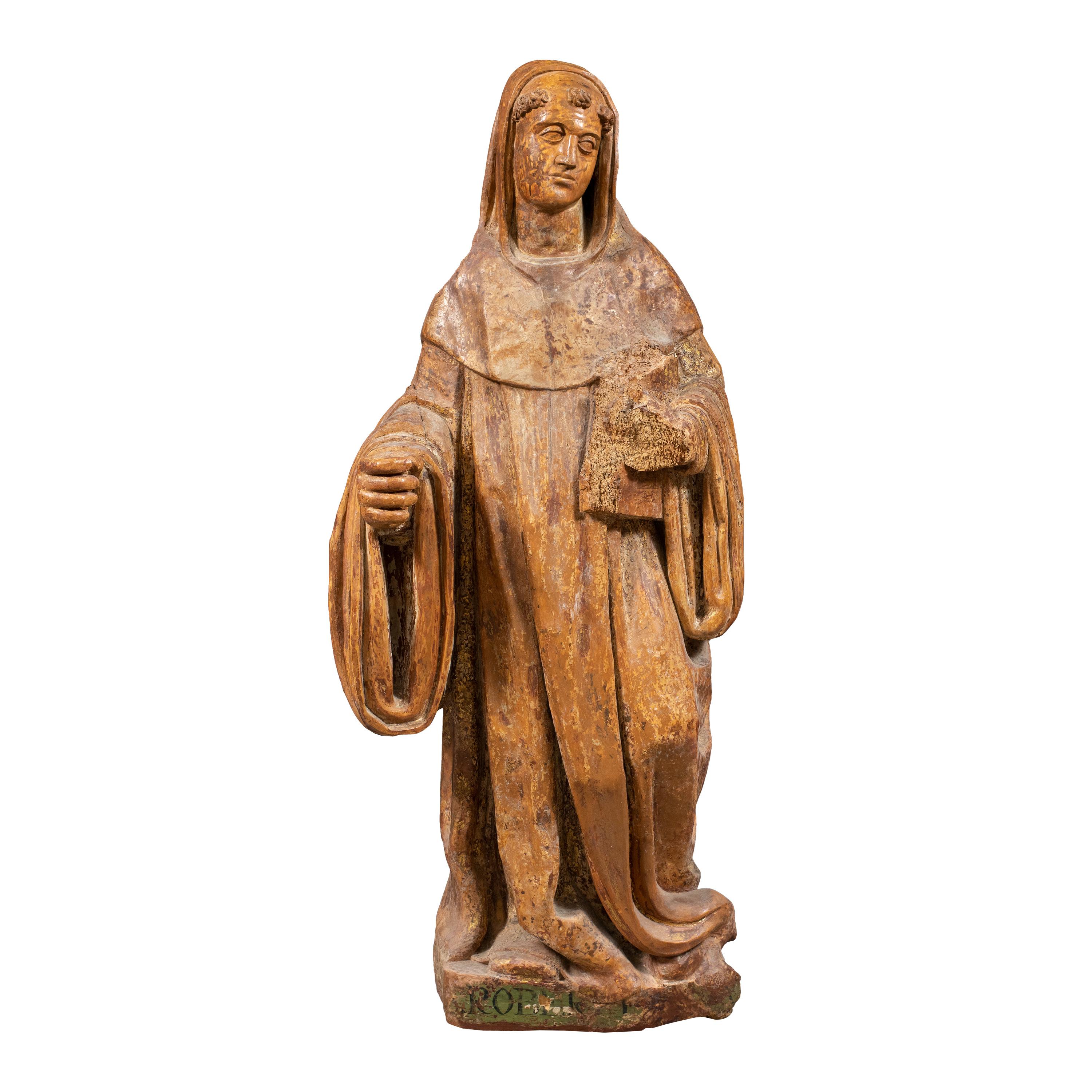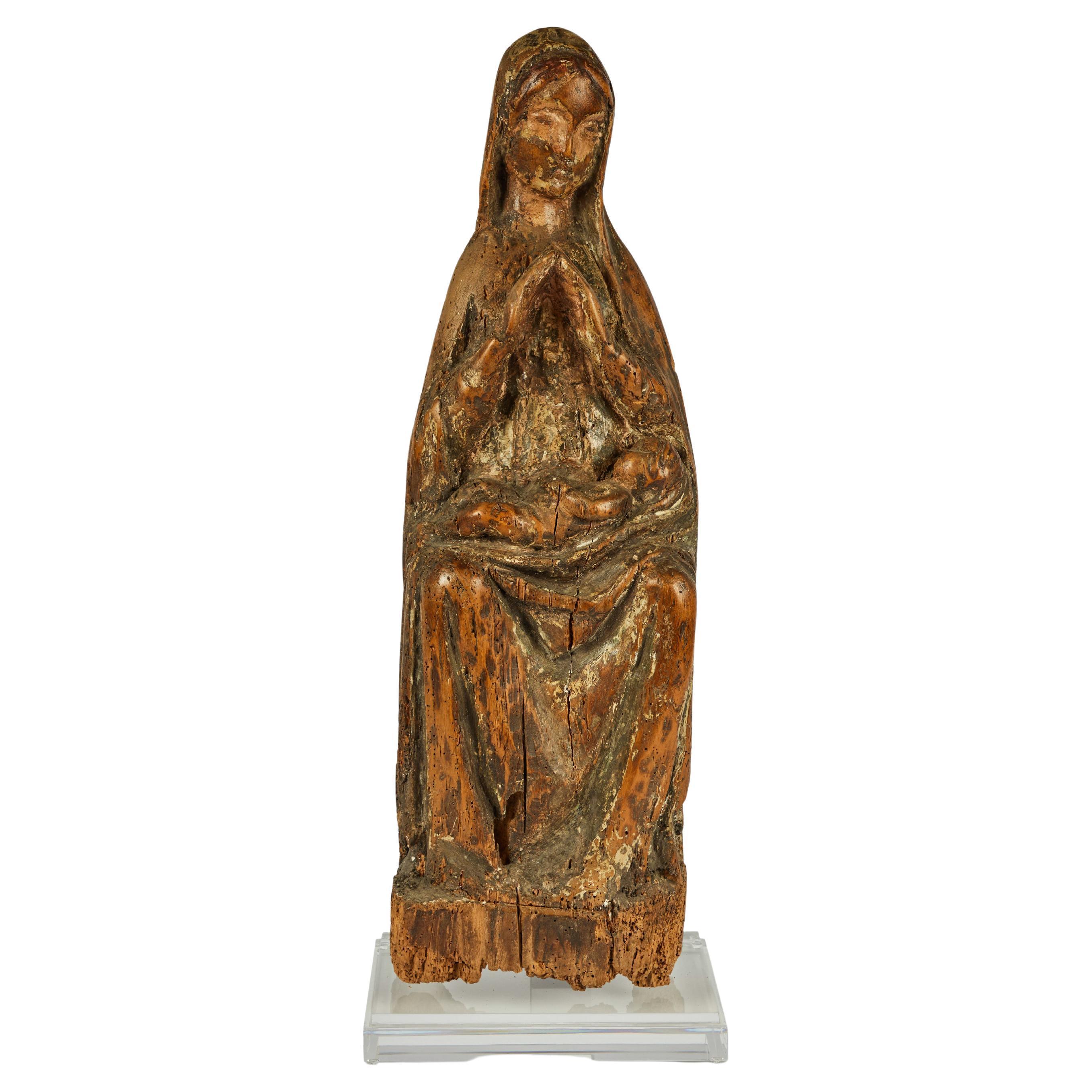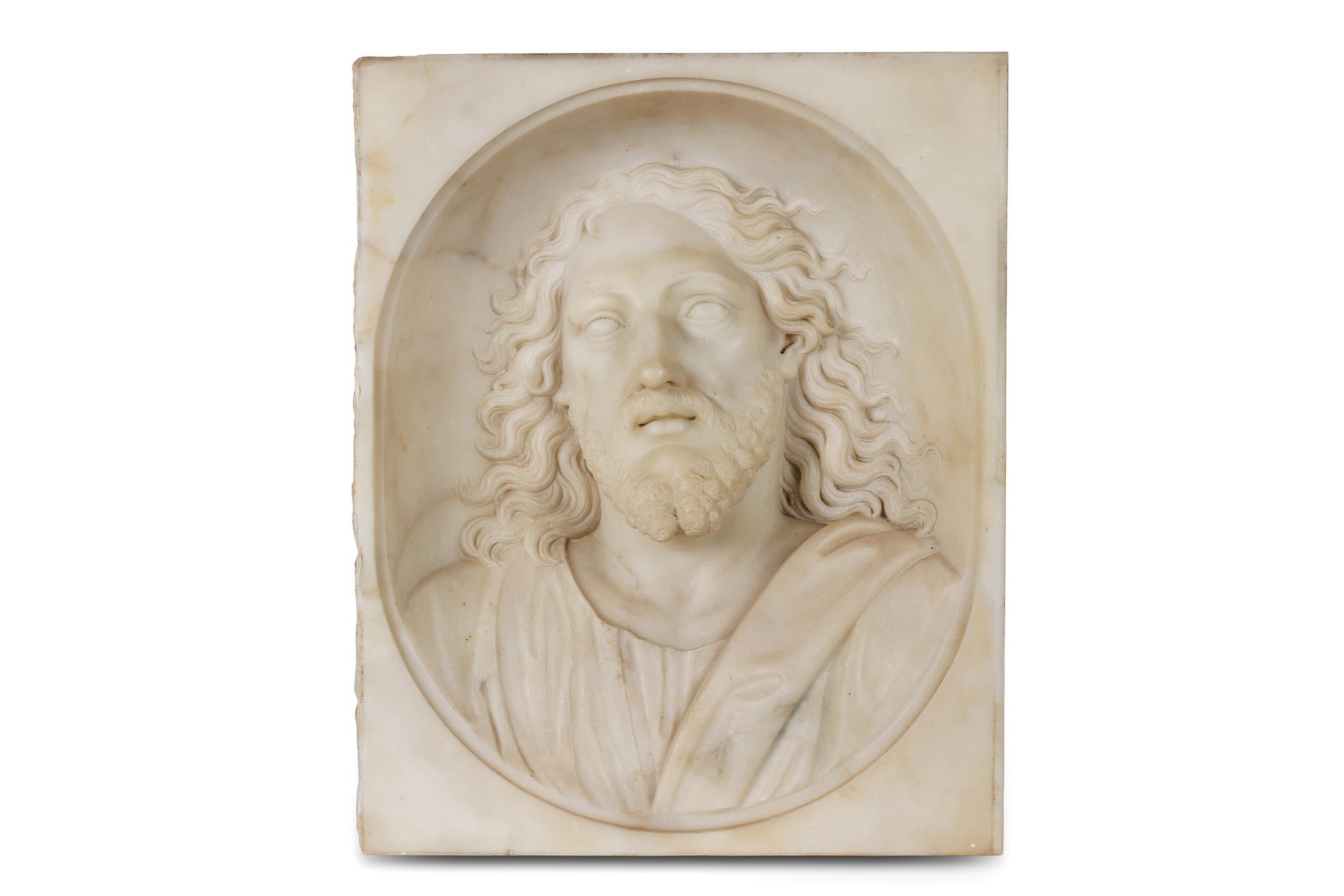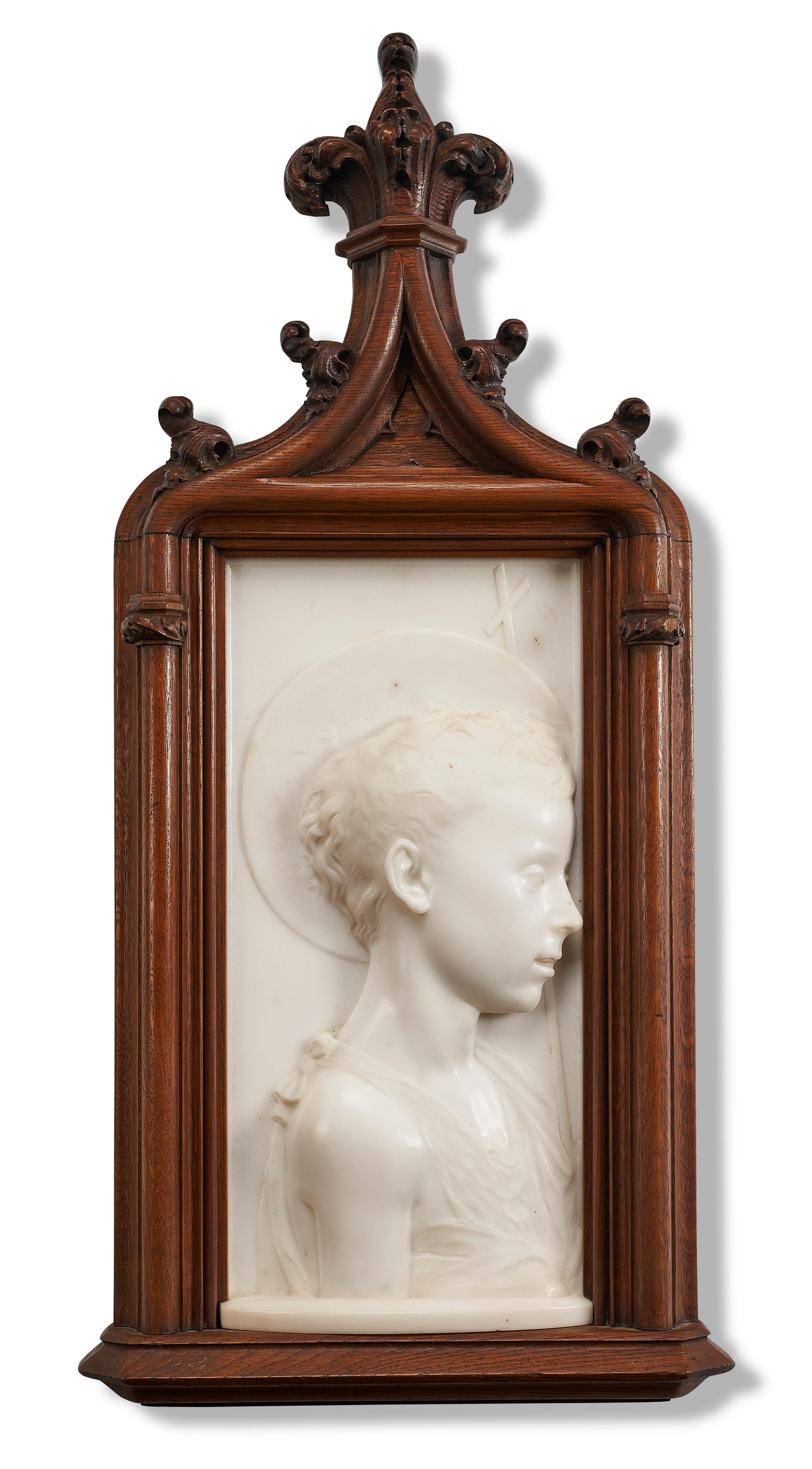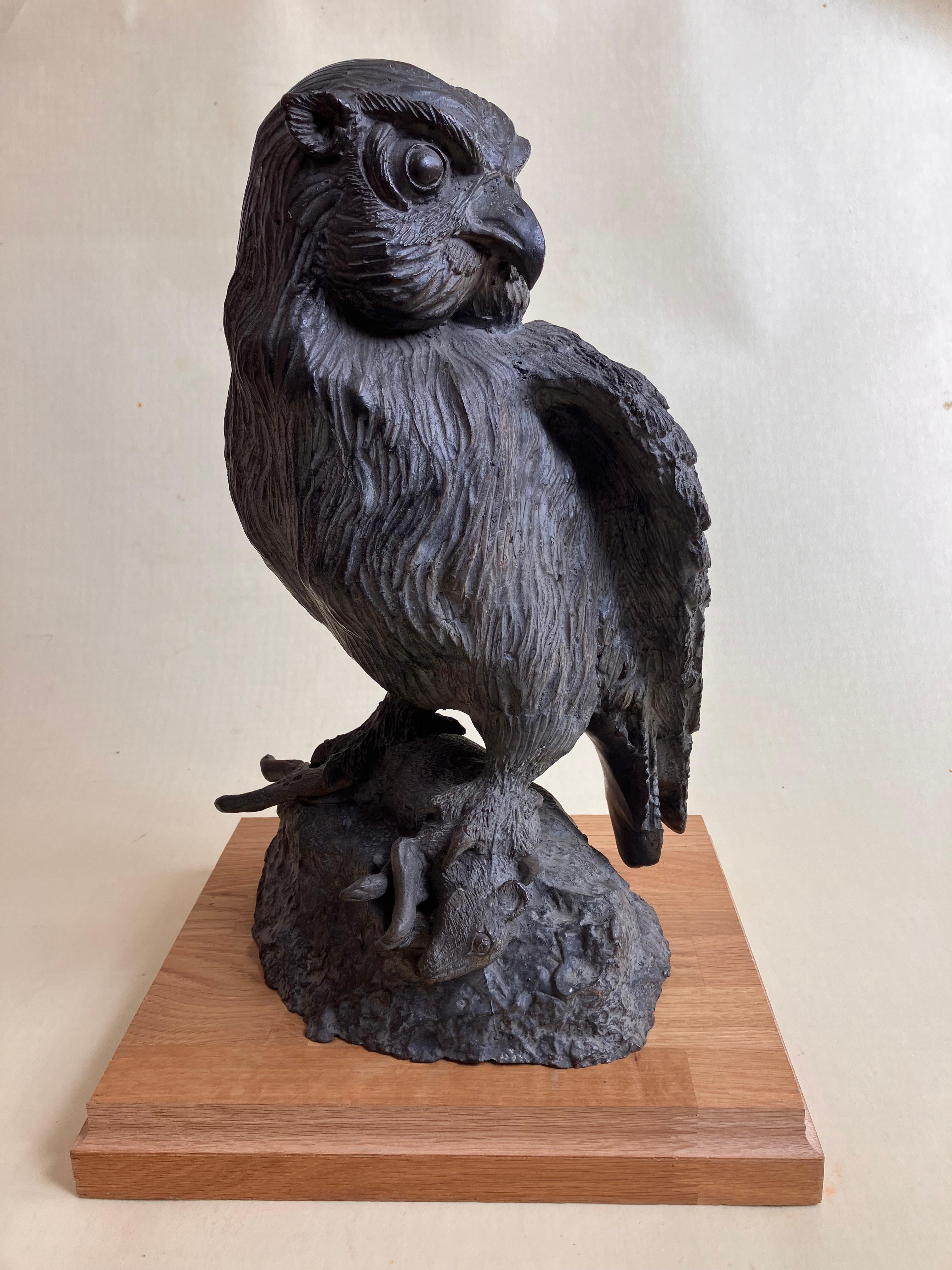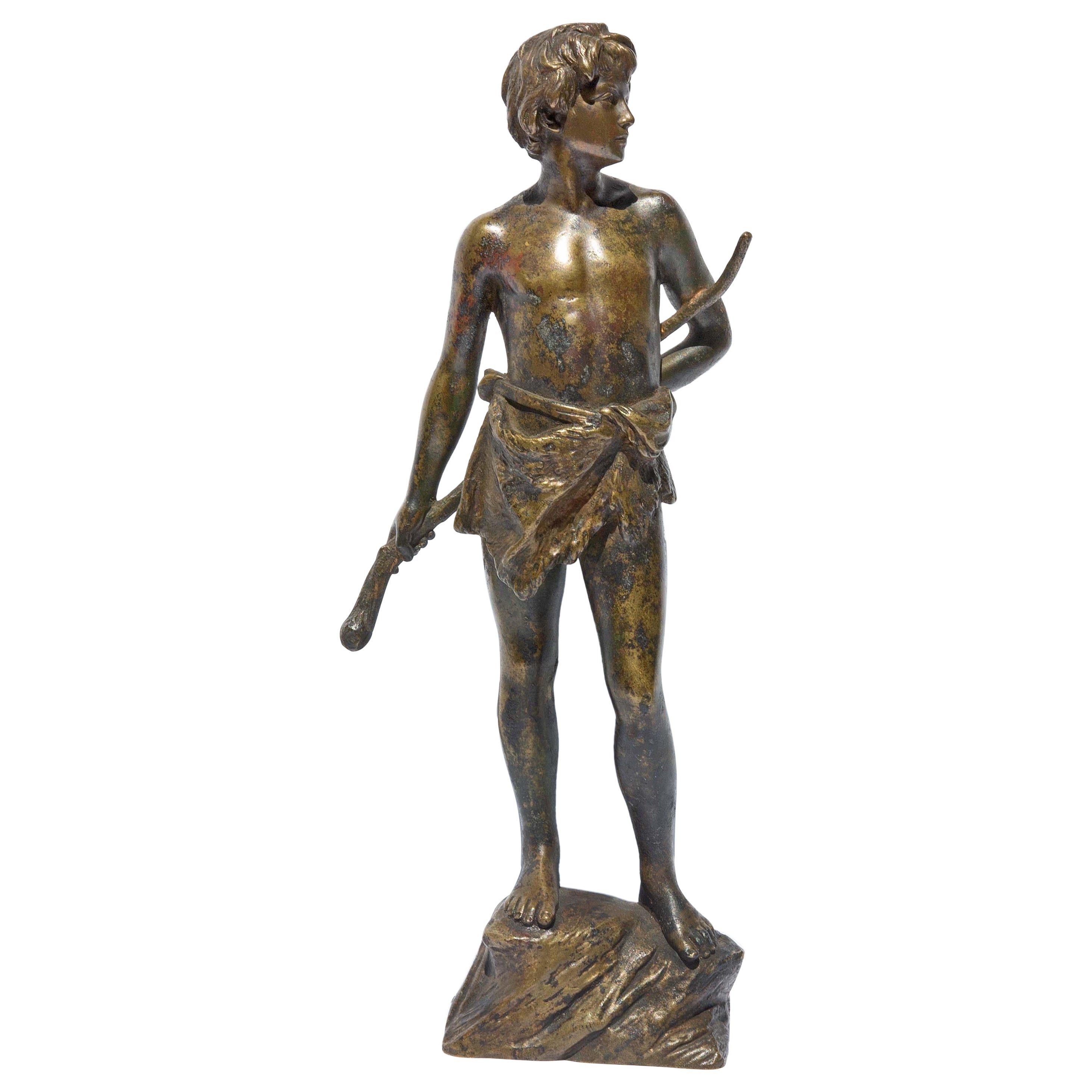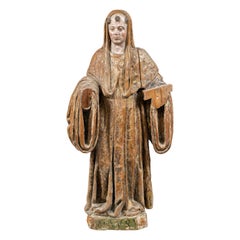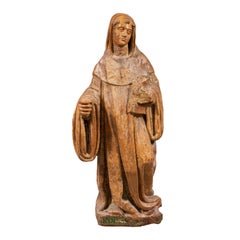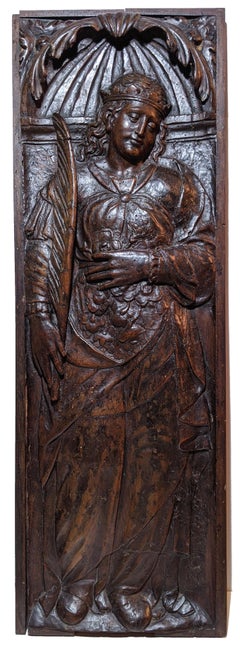
Renaissance Panel - St. Elizabeth Of Hungary
View Similar Items
1 of 3
UnknownRenaissance Panel - St. Elizabeth Of Hungary
$4,805.70List Price
About the Item
- Dimensions:Height: 32.29 in (82 cm)Width: 10.83 in (27.5 cm)
- Medium:
- Movement & Style:
- Period:
- Condition:
- Gallery Location:Paris, FR
- Reference Number:1stDibs: LU80815669682
Authenticity Guarantee
In the unlikely event there’s an issue with an item’s authenticity, contact us within 1 year for a full refund. DetailsMoney-Back Guarantee
If your item is not as described, is damaged in transit, or does not arrive, contact us within 7 days for a full refund. Details24-Hour Cancellation
You have a 24-hour grace period in which to reconsider your purchase, with no questions asked.Vetted Professional Sellers
Our world-class sellers must adhere to strict standards for service and quality, maintaining the integrity of our listings.Price-Match Guarantee
If you find that a seller listed the same item for a lower price elsewhere, we’ll match it.Trusted Global Delivery
Our best-in-class carrier network provides specialized shipping options worldwide, including custom delivery.You May Also Like
Pieta Lime Wood Sculpture Franco Burgundian late 15th century
Located in Pistoia, IT
Beautiful linden wood carving depicting a Pieta. France, Burgundian-Flemish current, late 15th to early 16th century. This theme is not found in the Bible but is derived from apocr...
Category
15th Century and Earlier Northern Renaissance Figurative Sculptures
Materials
Wood
Renaissance Italian sculptor - 16th century wood sculpture - Saint Mauritius
Located in Varmo, IT
Carved wooden sculpture - San Mauro. Italy, 16th century.
54 x 30 x h 110 cm.
Entirely in carved and painted wood with traces of polychromy and gilding.
- Work registered at the b...
Category
16th Century Renaissance Figurative Sculptures
Materials
Wood
$4,204 Sale Price
22% Off
Renaissance Italian sculptor - 16th century carved wood sculpture - Saint Robert
Located in Varmo, IT
Carved wooden sculpture - San Roberto. Italy, 16th century.
54 x 30 x h 112 cm.
Entirely in carved and painted wood with traces of polychromy and gilding.
- Work registered at the...
Category
16th Century Renaissance Figurative Sculptures
Materials
Wood
$3,604 Sale Price
25% Off
Early Renaissance Wood Sculpture
Located in Los Angeles, CA
An evocative, 14th century, carved wood statue of a seated Mary with the Christ child in her lap. The piece with a beautiful patina featuring polychrome paint traces. Now mounted on ...
Category
15th Century and Earlier Renaissance Figurative Sculptures
Materials
Paint, Wood
St Cecilia
Located in London, GB
D. BRUCCIANI & CO
(19th Century)
St Cecilia
Polychrome painted plaster bust with mould lines visible (probably later painting)
47 cm., 18 ½ in. high
Dom...
Category
1870s Renaissance Figurative Sculptures
Materials
Plaster
$1,782 Sale Price
20% Off
Rare and Important Italian White Marble Bust Sculpture of Jesus Christ, C. 1850
Located in Queens, NY
Rare and Important Italian White Marble Bust Sculpture of Jesus Christ, C. 1850
A truly exceptionally carved marble relief of Holy Jesus Christ. Ver...
Category
19th Century Renaissance Figurative Sculptures
Materials
Marble
